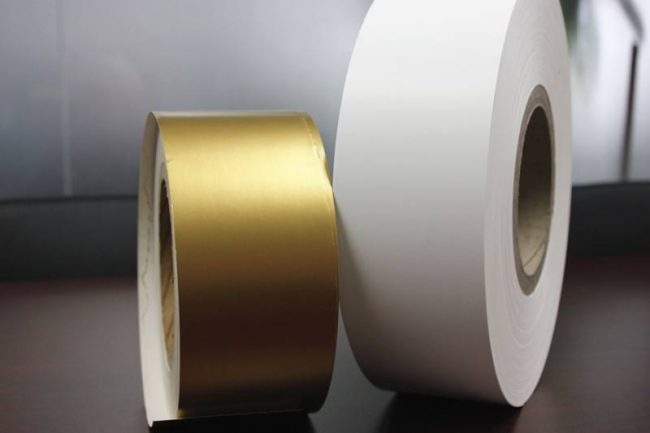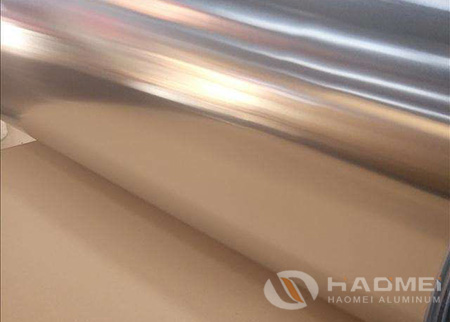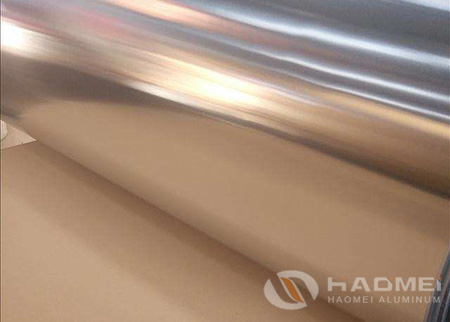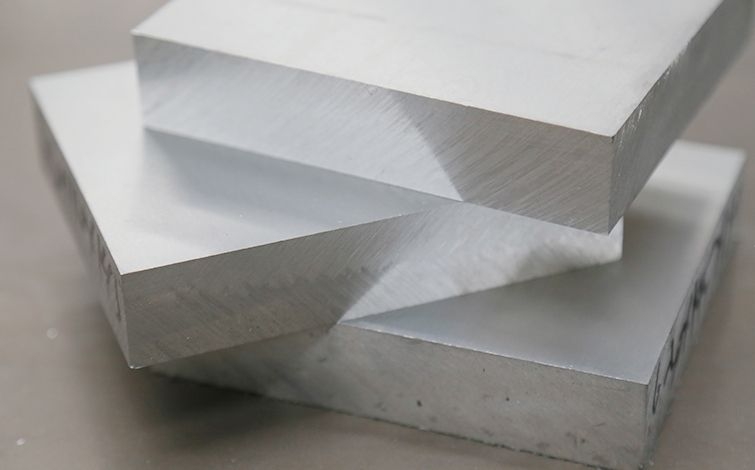



Problems that are likely to occur when welding aluminium alloys
(1) Large linear expansion coefficient of aluminium alloy body
The coefficient of linear expansion of aluminium and aluminium alloy is about 2 times that of steel, and the volume shrinkage during solidification is 6.5% to 6.6%, so it is easy to produce welding deformation. Effective measures to prevent deformation are in addition to the selection of reasonable process parameters and welding sequence, the use of suitable welding tooling is also very important, especially when welding thin plates. In addition, certain aluminium and aluminium alloys are welded with a tendency to form crystalline cracks in the weld metal and a tendency to form liquefied cracks in the heat affected zone, often due to excessive internal stress and thermal cracking in the brittle temperature range, which is one of the most common serious defects in aluminium alloys, especially in high strength aluminium alloys when welding. In the actual welding site to prevent this kind of cracking measures are mainly to improve the design of the joint, choose a reasonable welding process parameters and welding sequence, the use of welding filler materials adapted to the characteristics of the base material.
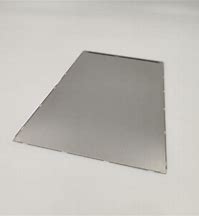
(2) aluminum alloy at high temperatures when the strength and plasticity of low aluminum at 370 ℃ strength of only 10MPa, welding will not be able to support the liquid metal and make the weld poorly formed, or even the formation of collapse or burn through. In order to solve this problem, when welding aluminium and aluminium alloy, a pad is often used.
(3) Aluminium and aluminium alloys have no colour change when welding, which makes welding operation difficult.
* Thank you for your inquiry. Please provide your business needs information so that we can better serve you.
This information can help us assign the most suitable person to solve your problem. We will give you feedback within 1-2 working days.
Related Blog
